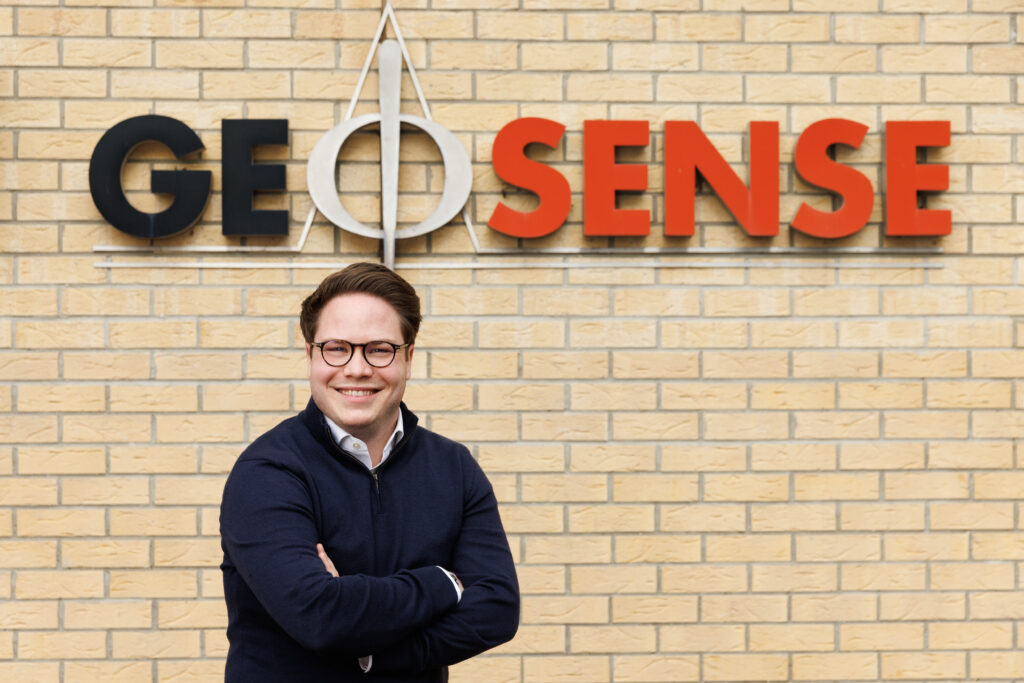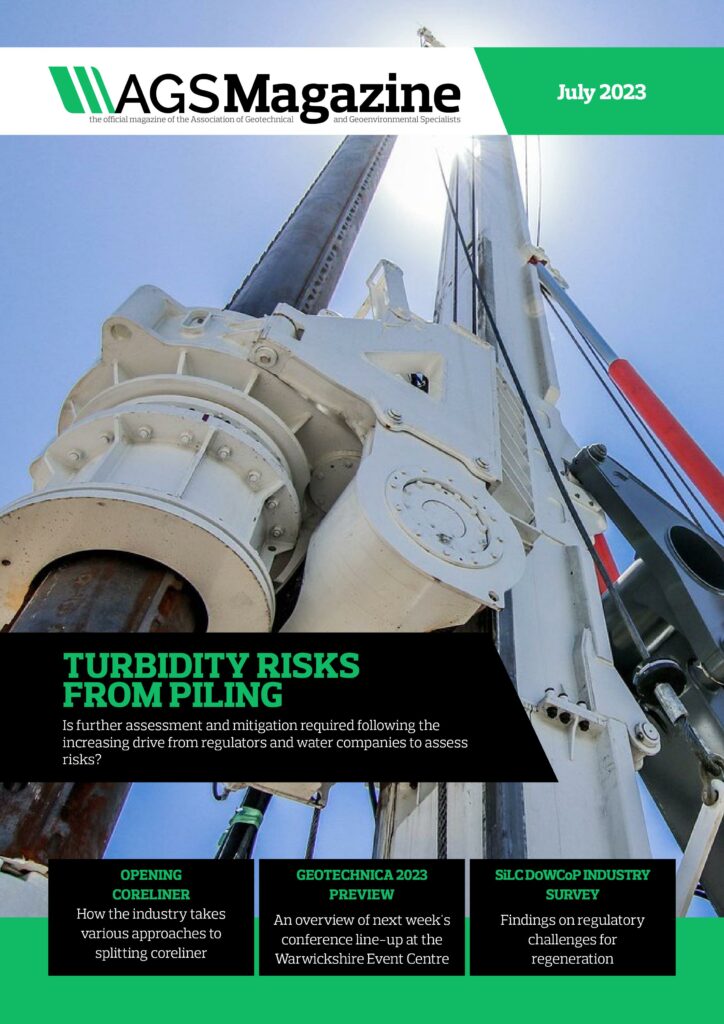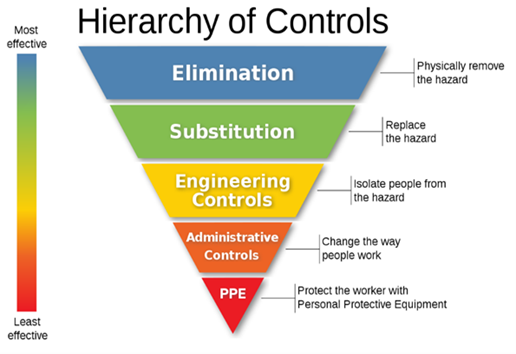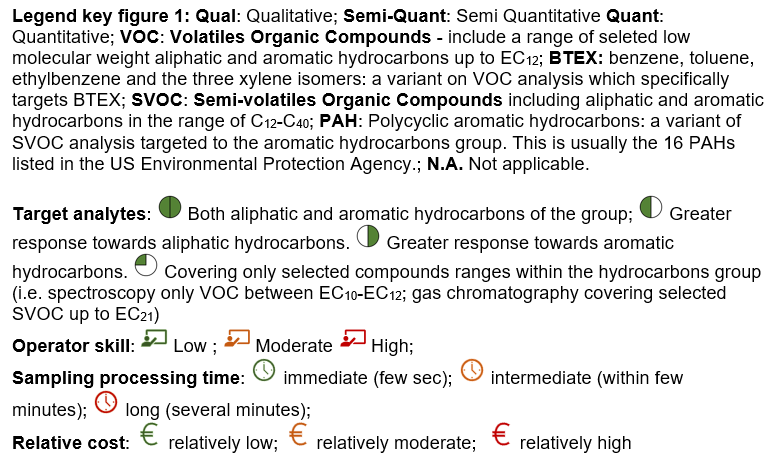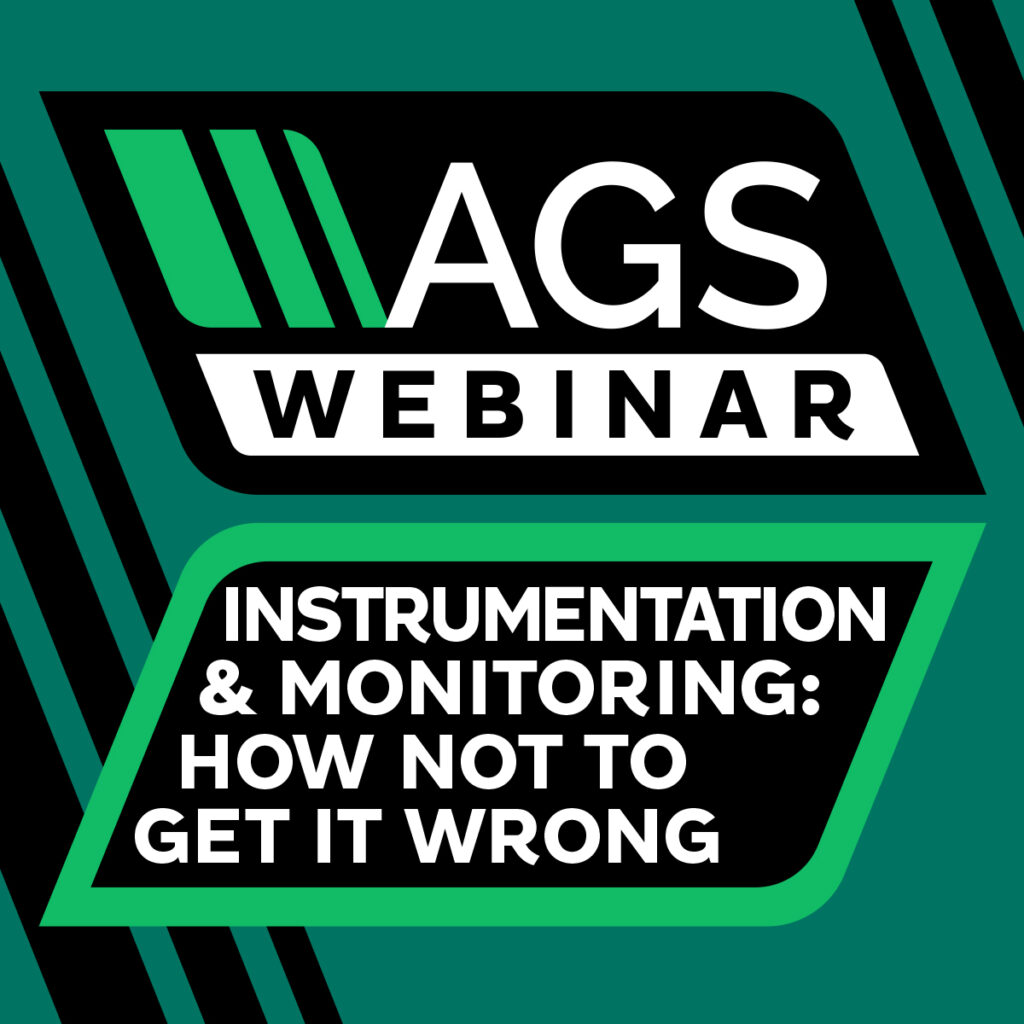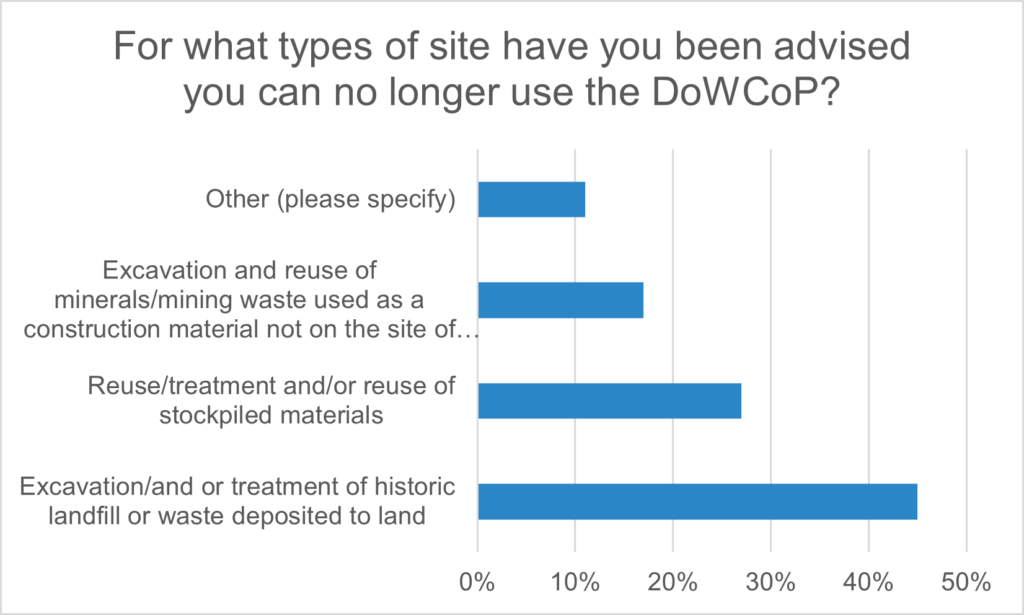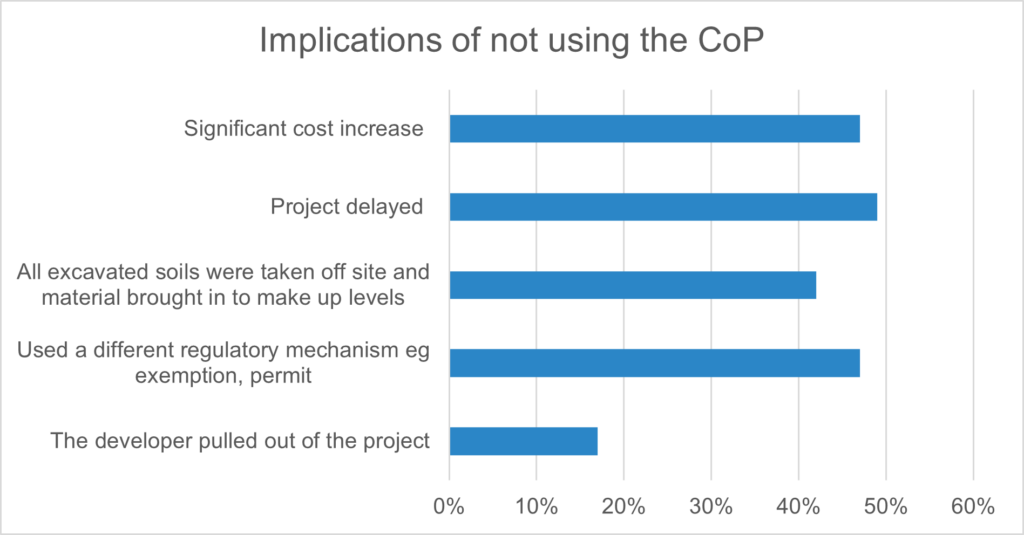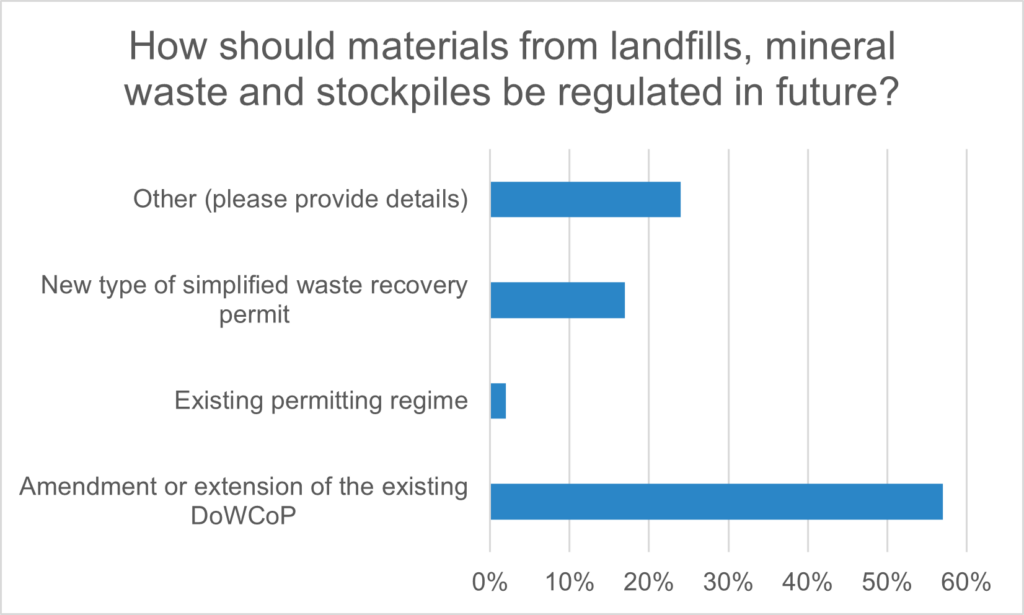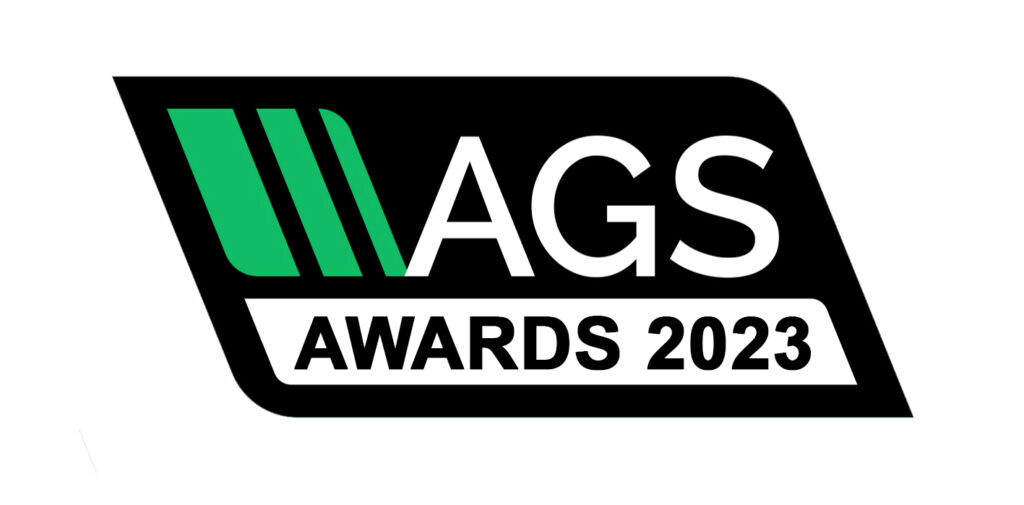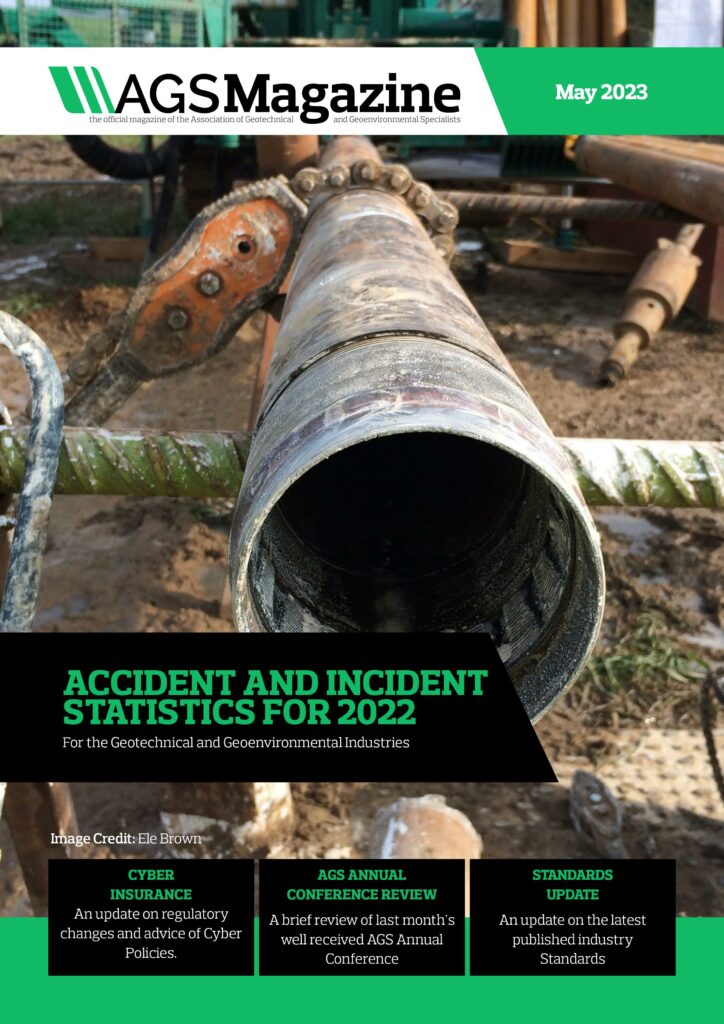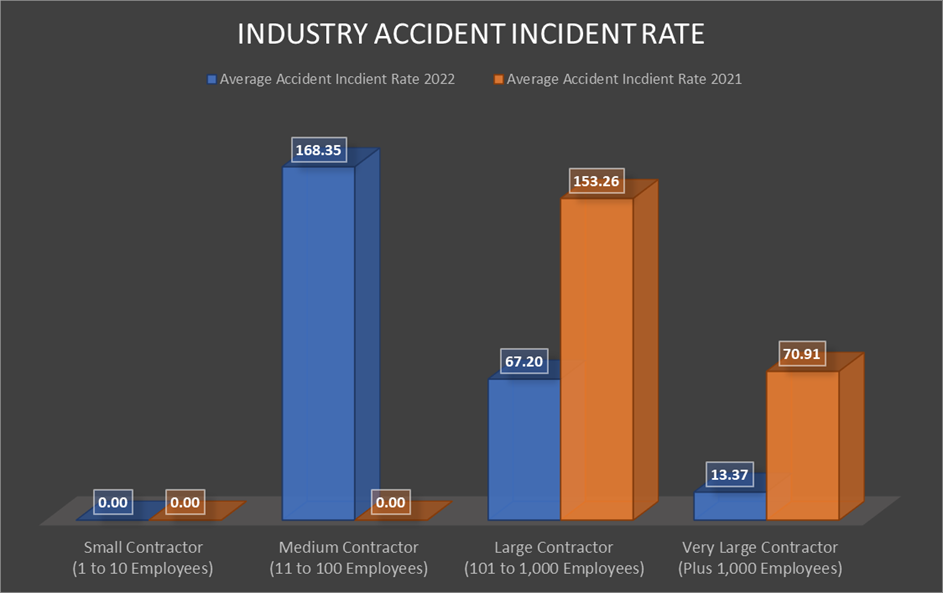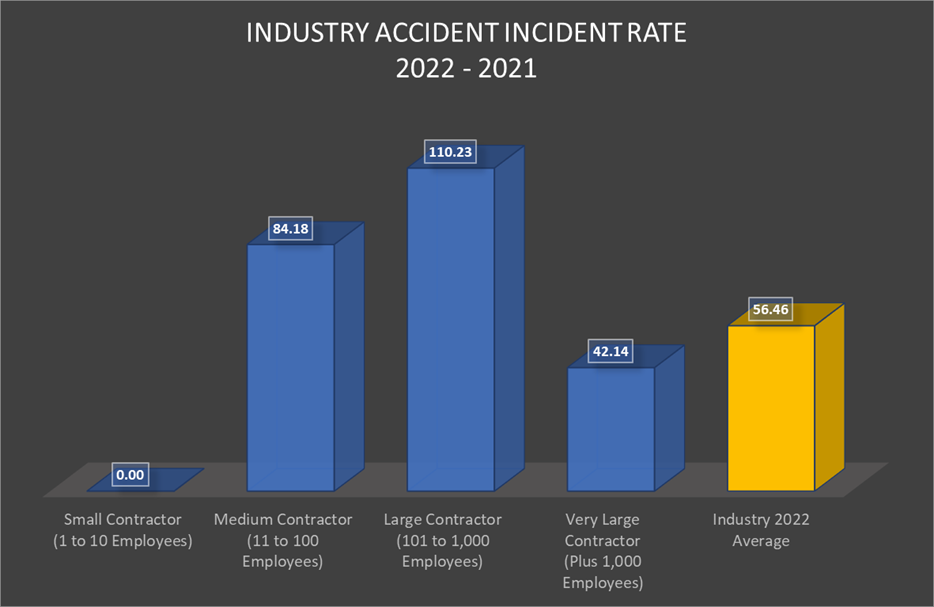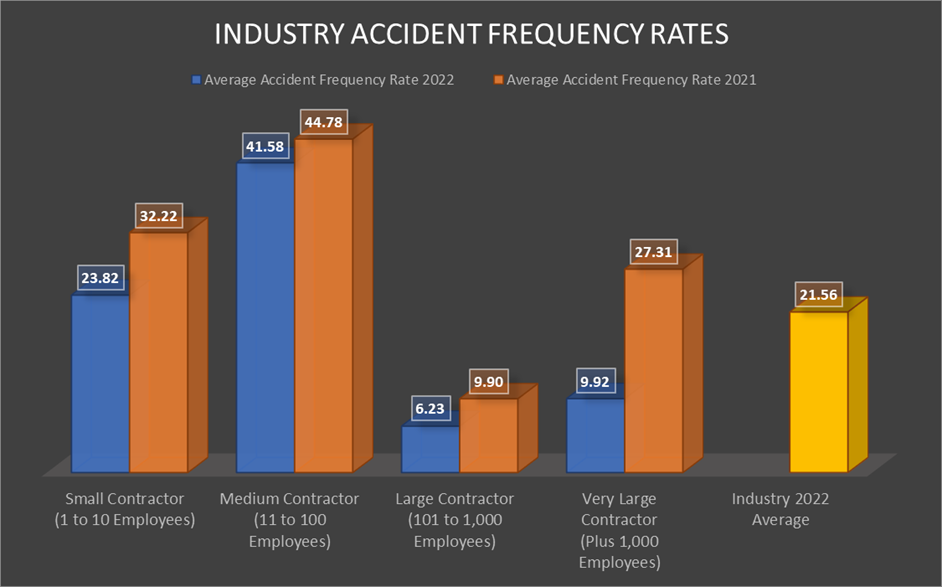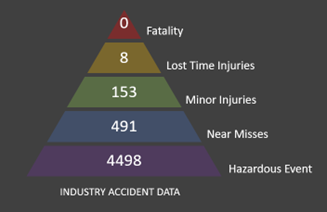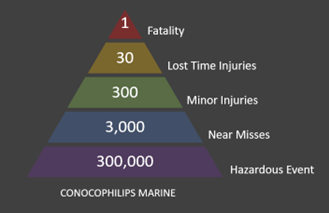
Full Name: Bradley Falcus
Job Title: Senior Geo-Environmental Administrator
Company: Central Alliance Pre-Construction Services Ltd
I’m an early career professional who believes that the power of people can never be underestimated, nor should it be underappreciated. Over the past four years since my masters degree, I have become experienced in the geotechnical sector working in archaeology, geophysical exploration and ground engineering. I have quickly adapted to a management role within this timeframe, developing a team of trained geo-environmental and business administrators before the age of 30. I am passionate and driven to make a difference in the geotechnical sector, be that business-by-business, or wider reaching to the AGS’ members.
Are there any projects which you’re particularly proud to have been a part of?
I suppose my answer to this is split into two, one for my role within Central Alliance and one for my role within RSK. Working as one of the Data Managers on the Wales and Western Framework (Network Rail) has been a fantastic opportunity for me to learn and develop. The role is multifaceted and requires a great attention to detail and seems to continue to grow arms and legs with every week that passes. I enjoy working with my colleagues at Central Alliance on framework projects like this, it gives me the opportunity to work closer with them as part of the project management team and share in the delivery of great results to our client.
Within the wider RSK Group, I am a co-chair of the RSK Pride Network, an employee ran network which supports and welcomes LGBTQ+ people in the workplace. In July 2023, RSK were one of the sponsors of Bristol Pride. We brought together staff members from across the UK and had a wonderful celebration of our RSK Family. I can honestly say it has been an amazing event to organise and run – hopefully we’ll have more like it in the future and maybe we can extend the invite to other AGS members.
What are the most challenging aspects of your role?
Time! I think with a role like mine, it’s quite easy to forget when to switch off. Some days it will be nine hours of meetings, some days it will be nine hours of tender compilations, some days it will be nine hours providing training. Every day is different from the one before it; and even though that makes it interesting, it can be overwhelming if you don’t have the right procedures in place. Best advice from me is to make sure you take time for yourself, in and out of your work hours – don’t be a martyr to Ground Investigation by slaving away for hours and hours.
You have recently joined the AGS Business Practice WG to help develop Equity, Equality, Diversity and Inclusion within the AGS. What are your aspirations for the AGS?
Two of the UN Sustainable Development Goals are Gender Equality and Reducing Inequalities; these are targets that we as an industry have to take seriously going forward. I believe that trade associations like the AGS have a fundamental role to play in changing the attitudes of businesses across the UK and internationally on how we can be more equal and inclusive. I really do have aspirations that the AGS will be able to champion employment equality and equity, increase graduate opportunities and to represent the underrepresented. I hope that we can, as the BPWG, spark conversations around the topic of reducing inequalities across our industry and continue to welcome generations of new bright minds to the fold.
What do you enjoy most about being an AGS Member?
I love being able to connect with so many intelligent and interesting people that are part of the AGS. It’s inspiring as a young professional (I think I qualify for that title) to attend conferences and webinars to learn from the vast amount of experience there is in the group. Personally, I cannot wait for the next in-person meeting and hope to see many friendly faces there.
What do you find beneficial about being an AGS Member?
Being able to keep on the pulse of all the updates from the geotechnical and geoenvironmental sector – rules, regulations, guidance and procedure change so quickly, it’s always good to be part of the movement than behind it. Also being able to interact with the different working groups is invaluable, by attending conferences and meetings you have the opportunity to shape the future of the geotechnical industry.
Why do you feel the AGS is important to the industry?
The AGS is one of the best platforms for collaboration in our industry – Helen Keller, an activist for disabled rights, said that ‘Alone we can do so little, together we can do so much’ and I think about that quote quite a lot and what it means for us. It’s important to know that we aren’t as secular or ‘alone’ as we sometimes believe to be. The AGS is a shining example of fantastic minds, creative people and keen advocates coming together for the future of our sector.
What changes would you like to see implemented in the geotechnical industry?
In my dreams? I would love to have collaborative networks created between AGS member businesses which minority communities (for example: POC, LGBTQ+, people who are neurodivergent, people who are disabled, etc) would be invited to join. These networks could have regular meetings, chaired by the AGS, where they would be able to give direct feedback and guidance on what the industry can improve upon. I’d hope we could create a welcoming space for all people to join us from all backgrounds and ensure that their voices are heard. In the meantime, I would love to see guidance from the BPWG on tackling unconscious bias and good hiring practices in our industry as a fundamental step in the right direction.
